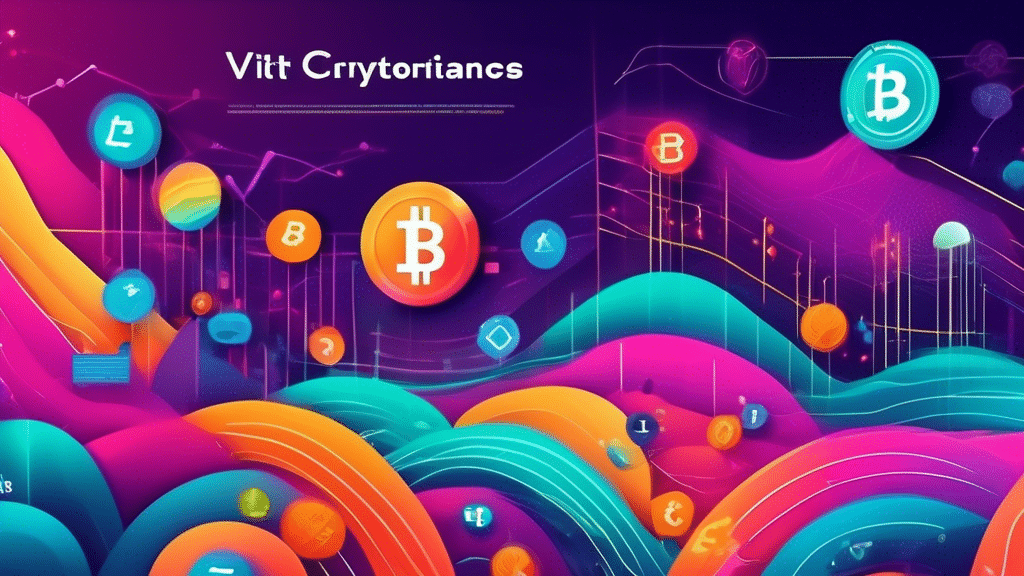Dynamics of Financial Markets: Cryptocurrency and Traditional Stock Markets The cryptocurrency market continues to experience significant volatility, with major cryptocurrencies like Bitcoin seeing price fluctuations influenced by macroeconomic factors such as changes in interest rates.
Dynamics of Financial Markets: Cryptocurrency and Traditional Stock Markets
The cryptocurrency market continues to experience significant volatility, with major cryptocurrencies like Bitcoin seeing price fluctuations influenced by macroeconomic factors such as changes in interest rates. This volatility has become a hallmark of the sector, challenging both new and seasoned investors to navigate the rapidly shifting landscape. Concurrently, non-fungible tokens (NFTs) have gained prominence, establishing themselves as a vibrant and integral part of the crypto ecosystem. Despite their popularity, specific details about XRP NFTs remain elusive, but the broader trends in the NFT market reveal much about the sector’s potential and challenges.
Regulatory efforts have ramped up globally as the mainstream adoption of cryptocurrencies forces governments and financial bodies to establish more structured frameworks. The International Monetary Fund (IMF) has emphasized the critical need to prioritize crypto regulation, reflecting the growing importance of these digital assets on a global scale. This regulatory scrutiny aims not only to safeguard investors but also to integrate cryptocurrencies more seamlessly into traditional financial systems.
Interplay between Traditional Financial Institutions and Cryptocurrencies
The mainstream financial world has been increasingly drawn to cryptocurrencies, with significant entities like Morgan Stanley and BNY Mellon offering crypto services to their clients. This marks a pivotal shift from skepticism to acceptance, highlighting the appeal of crypto assets in diversifying portfolios and hedging against traditional market instabilities. As a result, the cryptocurrency market’s growth has been accelerated by this institutional endorsement, though it also raises new considerations regarding custodial services and regulatory compliance.
A notable development in the crypto sector is the Ethereum merge with the Beacon Chain, expected to bring about transformative changes. The merge, anticipated with no delays, is likely to enhance the network’s capacity and security, presenting new opportunities for traders and investors alike. Additionally, the persistent demand for graphics processing units (GPUs) driven by cryptocurrency mining activities underscores the interconnectedness of these digital assets with hardware markets, affecting prices and availability of consumer electronics worldwide.
Technology and Regulation Converge
Stablecoins, such as Tether (USDT), have emerged as crucial tools in the cryptocurrency realm, providing a semblance of stability amidst the otherwise volatile market. By pegging their value to more stable external references like the U.S. dollar, stablecoins offer a more predictable transactional medium, appealing to both individual users and institutional players. Concurrently, the development of cross-chain transactions aims to address liquidity fragmentation and improve interoperability between different blockchain networks, striving for a more cohesive and functional digital financial landscape.
Related: XRP Acquisition Finalized by Ripple
In countries like Brazil, the implementation of regulatory frameworks for cryptocurrencies signifies a robust approach to integrating these digital assets into national financial systems. The launch of crypto trading platforms by major brokerage firms reflects a broader trend of financial inclusivity, bringing these innovative financial instruments to a wider audience. However, the concentration of cryptocurrency ownership among a small percentage of addresses introduces systemic risks, reflecting a significant aspect of market capitalization dynamics and the potential vulnerabilities within this burgeoning market.
Quick Summary
Dynamics of Financial Markets: Cryptocurrency and Traditional Stock Markets The cryptocurrency market continues to experience significant volatility, with major cryptocurrencies like Bitcoin seeing price fluctuations influenced by macroeconomic factors such as changes in interest rates.
Source
Information sourced from official Ripple publications, institutional research, regulatory documentation and reputable crypto news outlets.
Author
Ripple Van Winkle is a cryptocurrency analyst and founder of XRP Right Now. He has been active in the crypto space for over 8 years and has generated more than 25 million views across YouTube covering XRP daily.
Editorial Note
Opinions are the author's alone and for informational purposes only. This publication does not provide investment advice.


